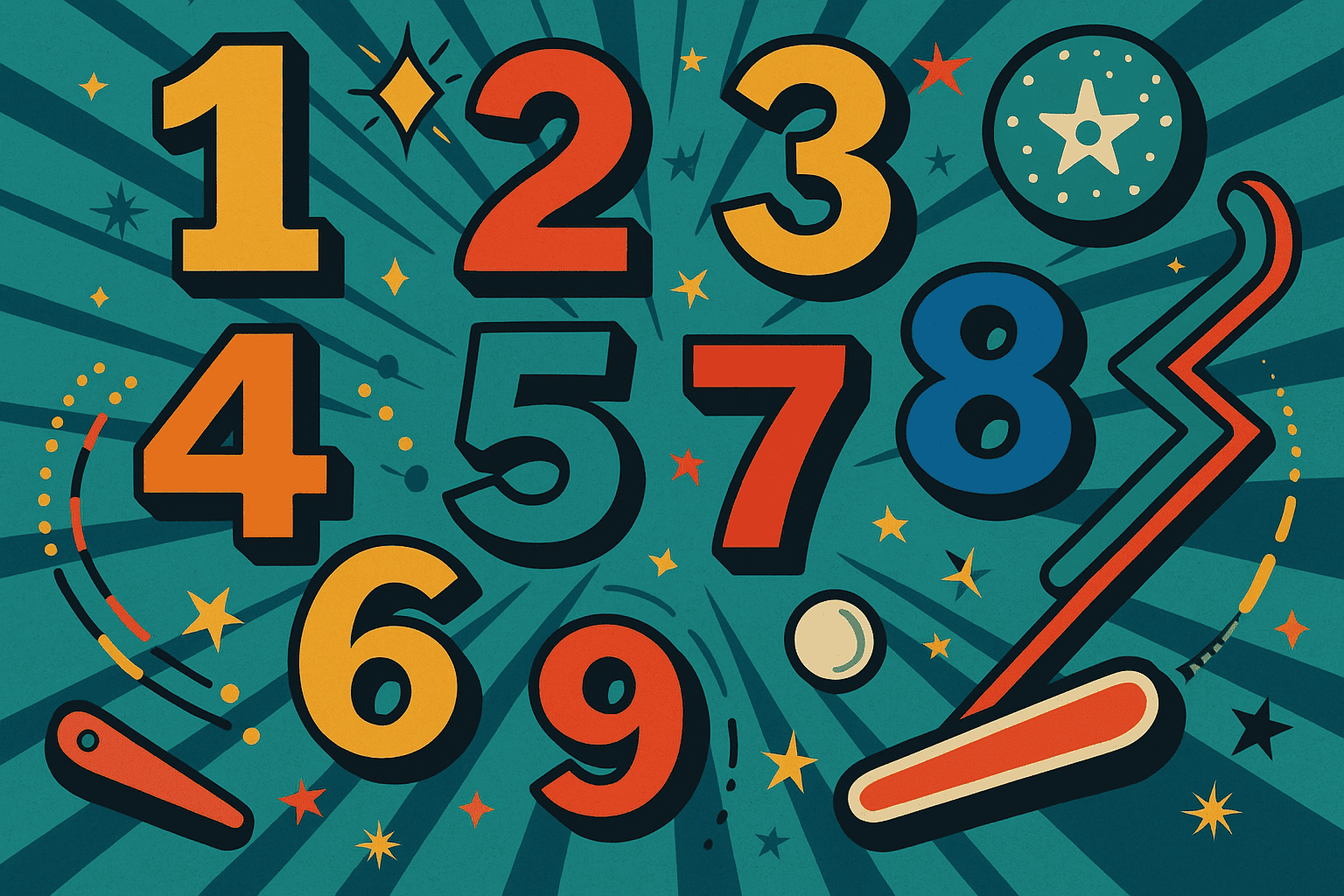Do listicles still work in the age of AI? You bet they do.
The listicle – part article, part numbered list – was once dismissed as a content formula for creating clickbait.
Now, in 2025, it’s back and bigger than ever.
That’s because, in the age of AI, the listicle has become one of the most effective formats for speaking directly to both humans and machines.
Here are 7 reasons the listicle has reclaimed its popularity once more.
1. AI search loves the listicle structure
AI is now integral to how we find content. We’re no longer just typing queries into Google or Bing, then scrolling a list of links. Instead, we’re starting to rely on answers provided by generative AI in the form of Google’s SGE previews.
Increasingly, we’re also asking ChatGPT, Claude, Copilot and other large language models (LLMs) instead of searching at all.
Generative AI loves structured content, and numbered lists like listicles give it ready-made snippets it can lift directly into answers. That means a listicle is more likely to show up in an AI overview, featured snippet or summary card. So it gets visibility right at the very top of the results page.
Read more about How Google AI decides which content to preview
2. The listicle is built for the human brain
Cognitive science shows that our brains process and remember information better when it’s “chunked” into small, numbered pieces – just like a listicle.
So, by writing in the listicle format, you’re delivering your information in the exact way humans are wired to absorb.
That makes your ideas more likely to be remembered, shared and acted on. And that’s the very goal of producing most content in the first place.
3. The listicle’s skimmability drives engagement
Here’s the brutal truth: most people won’t read your writing – and they won’t read this either.
One study by Slate and Chartbeat showed that of all the people who land on an article page:
- 38% bounced straight away
- 59% scrolled below the fold
- 50% made it to half way (well done if you’re here now)
- Only 11% got to the end.
Even the people who hung around didn’t bother taking in the words they were reading. 84% of them just skimmed, reading things like bullet lists, box outs and headlines.
The listicle is tailor-made for this reality. Its clear structure and numbered points reduce friction, make scanning effortless and keep people on the page.
4. Listicles help fulfill a deep-seated psychological need (seriously)
Humans hate unfinished business. That includes incomplete articles (yep – even though we finish virtually none of them).
If we feel like we’re actually making progress, we’re much more likely to keep going, and get deep into the article.
That’s exactly what listicles do. Each numbered step provides a sense of momentum.
Seeing “4 of 7” makes us feel closer to our goal, and keeps us scrolling. And the closer we get to the finish, the more motivated we become.
When you write with the listicle’s numbered structure, you’re not just organising your content. You’re nudging readers forward and satisfying their unconscious needs.
5. The listicle is great for SEO, and still very shareable
Not everyone uses AI to search or relies on Google AI’s answers. Old school SEO still matters, and listicles are as SEO-friendly as content can get.
Numbered subheadings act as mini-keywords, giving search engines clear signals about what your page covers. This boosts your chances of ranking across multiple queries.
They travel well, too. Headlines that promise a specific number of takeaways are inherently clickable and shareable: perfect for LinkedIn, newsletters and even old-fashioned email forwards.
Listicles also let you link to your other pages. Each point in your list is a natural spot to guide readers toward deeper resources or a specific service page (like our science-backed Content Lab).
By using your listicles this way, you’ll strengthen your SEO architecture and keep visitors engaged across your site.
6. The listicle format makes it easy to write
One reason listicles have stuck around for so long is their built-in structure makes them easier to plan and execute than most other forms of content.
The headings do half the work before you’ve even written a word. You just need to provide the detail.
And in 2025, you don’t have to do it all alone. AI tools can draft points quickly, suggest variations and even generate examples. That just leaves you to polish, add voice and give it enough flavour that it doesn’t sound like everyone else’s.
That’s why they’re one of the first formats we experiment with in our AI Writing Workshops, and the perfect entry point for learning how to use AI as a partner rather than a crutch.
7. Listicles make us sharpen our own thinking
The best ideas come from having boundaries and limitations. Poets write to rhyme schemes, painters work with canvas and chefs create magic from a given set of ingredients.
Listicles work the same way. Their structure forces you to clarify your ideas, strip out the noise and make every point earn its place.
Better still, boundaries don’t kill originality. In fact, research shows they fuel it. A good listicle balances order with surprise, weaving in interesting perspectives, unexpected examples and even a little humour…
And keeping the reader engaged right until the end.
Want more?
See our quick guide to writing your own listicle right here.
(PS: Funny thing: we actually wrote about this back in 2015.)
Stop filling calendars. Start shaping decisions.
Discover how our Content Lab turns ideas into authority content.
Book a Free Strategy CallWhat is a listicle?
A listicle is an article structured as a numbered or bulleted list. The format makes content easy to skim, digest and share, and it remains one of the most effective ways to capture attention in 2025.
FAQ: Listicles in 2025
Yes. Their structured, skimmable format appeals to both humans and AI. Research shows readers process chunked information more easily, and AI search models favour structured content for summaries and previews.
Generative AI tools like Google SGE, ChatGPT and Claude often pull content into snippets and overviews. Numbered lists provide ready-made, structured answers. This makes listicles more likely to be surfaced at the top of results.
No. While listicles were once dismissed as clickbait, they can actually be backed with data, examples and genuine insight. When this happens, they become one of the most effective content formats for both engagement and authority.
The best listicles combine structure with substance. That means picking the right number of points, mixing quick hits with deeper dives, backing up claims with data and ending with a clear takeaway.
There’s no perfect number: too few and it feels thin; too many and readers may drop off. Odd numbers (5, 7) often perform best because they feel more distinctive. Some studies show 9 or more is too many.
Good listicles work for how-to guides, industry trend roundups, tool or resource lists, and psychological insights. The key is to deliver substance. That means practical, memorable takeaways that readers can act on.
Listicles aren’t the right tool for every job. Skip the format if:
- You’re tackling a complex argument that requires sustained reasoning.
- The topic is best told as a story, not broken into chunks.
- Artificially slicing it into points would oversimplify nuance.
- You’re writing for academic or highly technical audiences with different conventions.
A listicle works when clarity and scannability help the reader. It fails when it flattens the substance.

